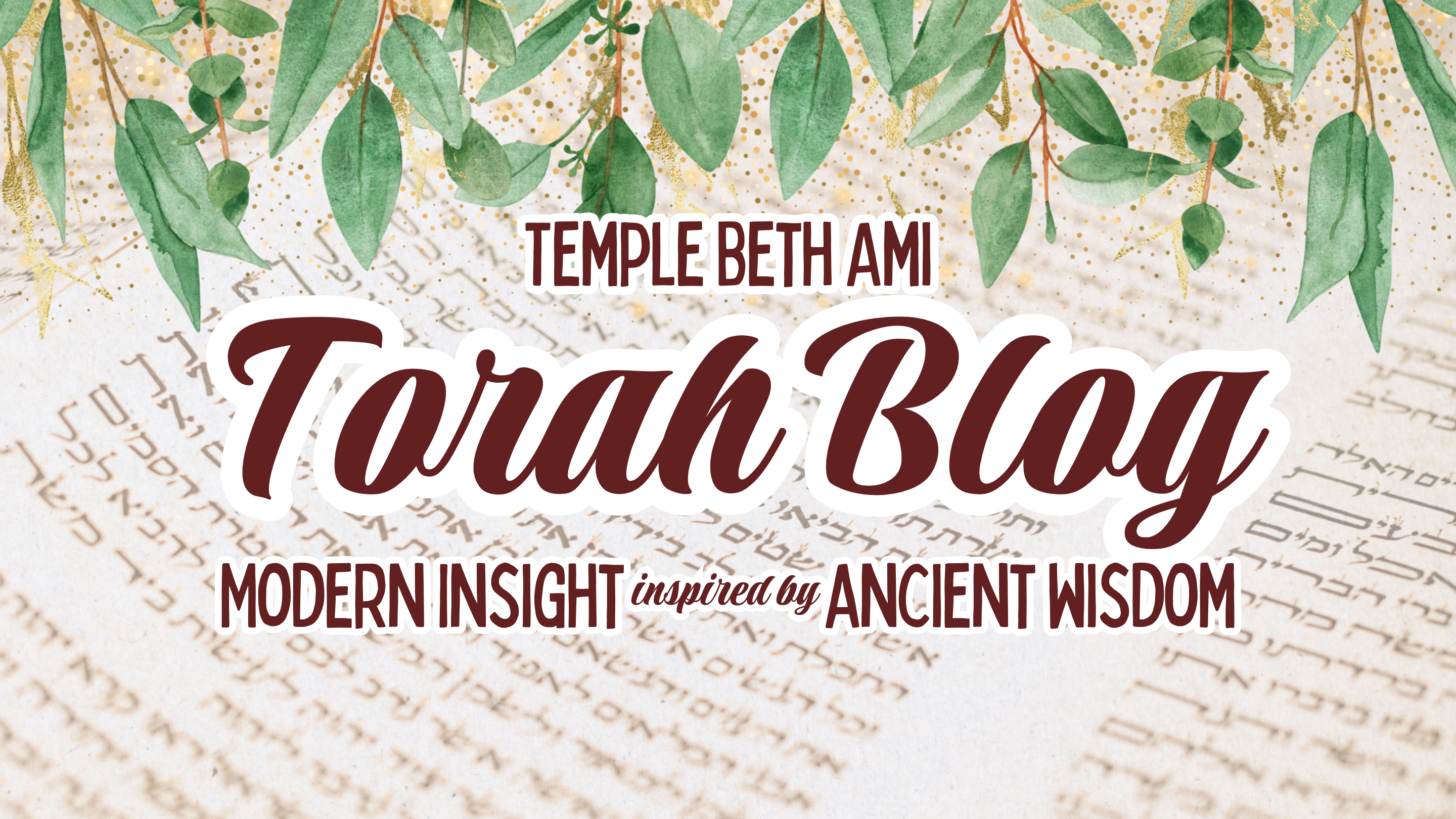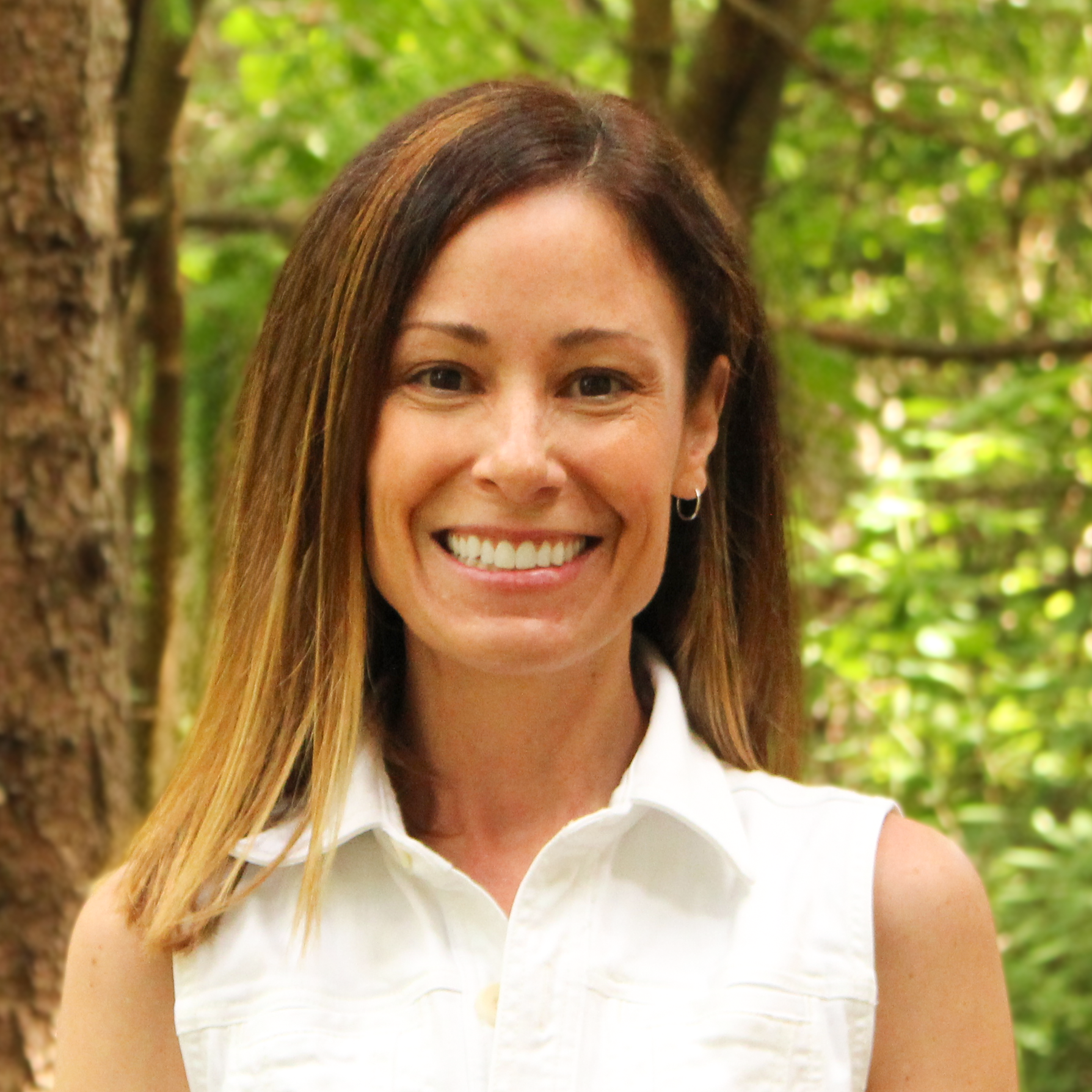







Rabbi Gary Pokras
Israelis are not known as the most patient people in the world. When I lived in Israel in the 90s there were no lines at the bus stop to get on the bus. As the driver opened the door, everyone dove in, and the winner was first up the steps. And there was no stopping to pay before taking our seats. Instead, after the bus was moving, we would pass our fare to the person in front of us all the way to the driver, who would then send our change back (while simultaneously weaving in and out of traffic at dangerously high speeds to get to the next stop as quickly as possible).
How ironic, then, that one of the first Hebrew words I learned in Israel is: “Savlanut (patience).” An Israeli taught it me on the street because I was being impatient about something, and they were impatient with my impatience.
Shelach L’cha is about patience and also about faith. Moses sente twelve scouts (one from each tribe) to the Promised Land. They returned with an accurate but frightening report – that the land was flowing “with milk and honey” and therefore abundant with agricultural resources. It was also settled by large and well-fortified populations. Two of the scouts, Caleb and Joshua, spoke words of optimism and faith – urging the Israelites to trust in God and continue forward. However, the other ten spoke words of despair. The Israelites fell into a panic and even called for a return to Egypt and slavery.
God responded quickly and decreed that, apart from Caleb and Joshua – who showed faith in God – none of the adult Israelites present would make it to the Promised Land. Instead, they would spend the next forty years (the rest of their lives) wandering in the Wilderness. Only their children would inherit the land.
Some contemporary rabbis see this as an act of impatience on behalf of God. If only God had been more patient and loving, there could have been a different outcome. On the surface, this is a compelling argument. In our own lives, we would all benefit from more love and patience – both in giving and in receiving. However, in this case, there is something else in play. The Israelites have spent hundreds of years in Egyptian captivity. They have no memory of what freedom is, or the sacrifices that liberty requires. They are used to others taking care of their needs and telling them what to do. Given this context, their reaction to the news makes sense. It is the only way they knew.
God understood this and determined that because of their “past programming” this generation of Israelites could never learn establish a community that was free. However, their children could. The purpose, then, of the forty years of wandering was not punishment, but rather education. It was an opportunity to raise a new generation in freedom, to help them to grow and to become strong, so that one day they would be able to build a free Jewish nation in the Promised Land.
In this interpretation it was not God who was impatient, but the people. They wanted freedom without doing what it takes to earn it. God’s response was one of savlanut, of patience, teaching us that some things are truly worth the wait.